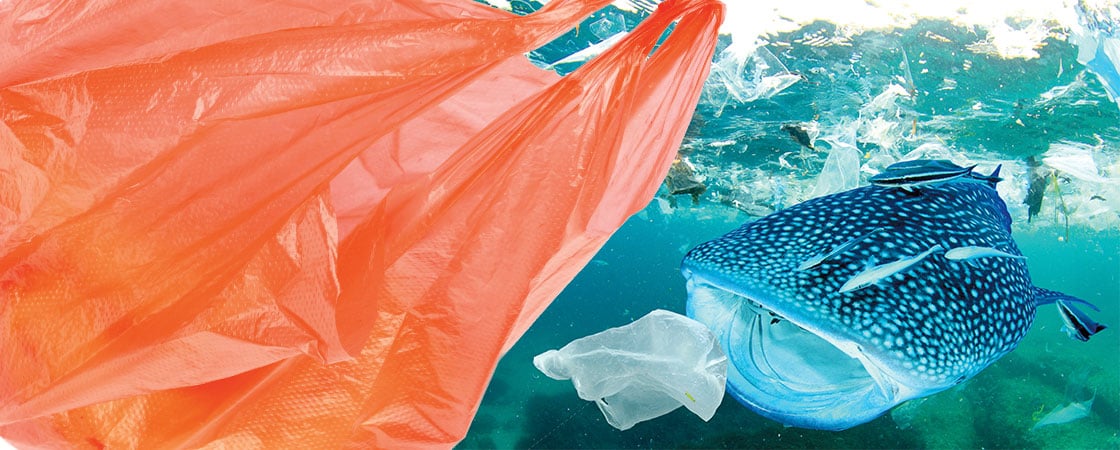Boston banned plastic bags last November. Check out this Boston Globe article, in a helpful Q&A format, that explains how it works for its residents.

Plastic Bags: Handy or Harmful?
They make carrying our stuff easy. But they’re bad for our planet. Should we stop using them?
Standards
Your students will probably wonder how corn becomes plastic. Play this video from the 1:12 mark and watch the process unfold.
1. PREPARING TO READ
Have students preview the text features. Ask:
What is the topic of the debate? (Prompt students to use the debate title and the heading on the chart as clues.)
What are the two opinions people might have about this topic?
2. READING THE DEBATE
Depending on the reading level of your students, read the debate as a class or break the class into groups.
Have students read the debate a second time. Prompt them to highlight evidence supporting each side as they come across it. Using two different colors of highlighters would be useful here.
3. DISCUSSING
As a class or in groups, have students discuss:
Which opinion has the best evidence to support it?
Is one side stronger than the other? Why?
What is your opinion? What evidence helped you form your opinion?
For more advanced readers: Do you think the author has an opinion on this issue? What is your evidence?
4. WRITING
Have students complete the chart in the magazine or our full-page printable chart.
Guide students to write an essay on the debate topic, using the chart they filled out.
5. CHECK COMPREHENSION
Have students complete our comprehension quiz.
